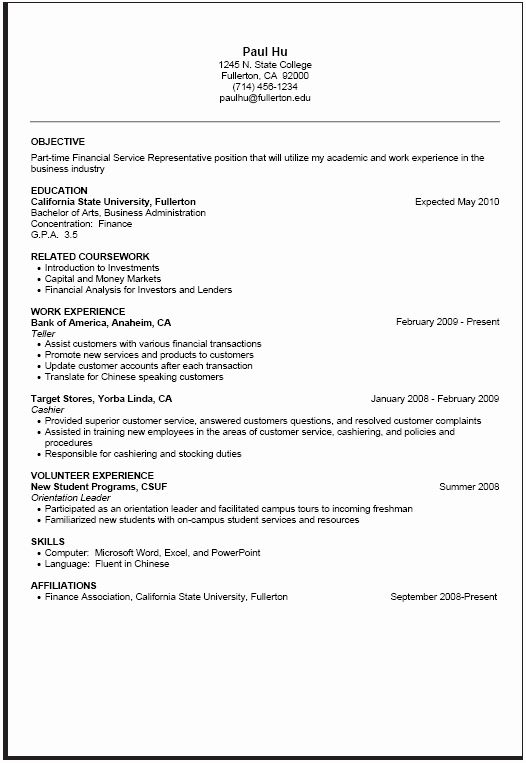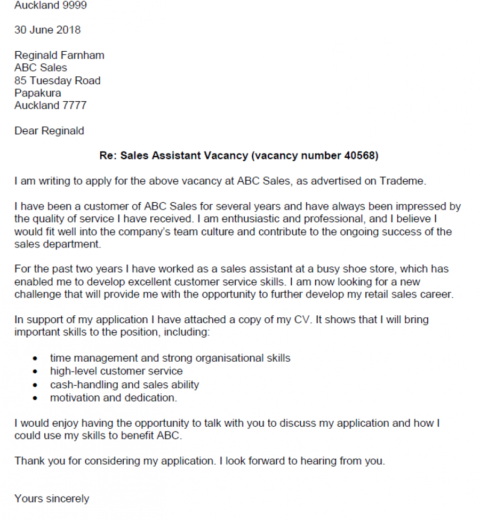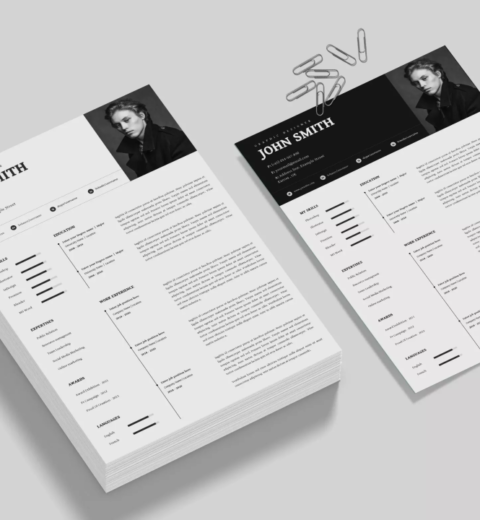Creating a resume can feel like an intimidating endeavor, especially if it’s your initial attempt at crafting one. Yet, a well-structured resume holds the potential to set the stage for a successful job search. In this guide, we will dissect the essential elements of writing a resume that not only captures attention but also effectively conveys your qualifications. By the end of this article, you will be equipped to produce a compelling resume that stands out, even if it is your first foray into the professional world.
Understanding the Purpose of a Resume
The primary objective of a resume is to highlight your skills, experiences, and accomplishments in a manner that appeals to prospective employers. Consider it a marketing tool—a snapshot of your professional life that showcases why you are an ideal candidate for a particular position. A well-crafted resume serves to open doors for interviews, ultimately leading you toward your desired job.
Resume Format: Choosing the Right Style
Before you start compiling information, selecting an appropriate format is crucial. There are several resume styles to consider:
- Chronological Resume: This is the most traditional format, presenting your work history in reverse chronological order. It highlights your career progression and is highly favored by employers.
- Functional Resume: This format emphasizes skills and experiences over chronological work history. It’s ideal for individuals with gaps in employment or those changing careers.
- Combination Resume: As the name implies, this format combines elements of both chronological and functional resumes. It allows you to showcase relevant skills while detailing your work history.
For a first-time job seeker, a chronological resume is often the most straightforward and effective approach. It allows you to present your educational background and any relevant experiences you might hold.
Key Components of a Resume
Once you’ve chosen your format, it’s time to dive into the key components that your resume should comprise:
1. Contact Information
Your contact information should be prominently placed at the top of the resume. This includes your full name, phone number, email address, and LinkedIn profile, if applicable. Avoid using an unprofessional email address. Instead, opt for something simple, ideally a combination of your first and last name.
2. Objective Statement or Summary
This section provides a snapshot of your aspirations and what you hope to bring to a potential employer. A well-crafted objective statement succinctly summarizes your career goals while highlighting relevant attributes. For example, “Motivated recent graduate with a degree in Marketing, seeking an entry-level position to leverage strong communication skills and a passion for digital marketing.”
3. Education
Especially for first-time job seekers, showcasing your educational background is vital. Include the name of the institution, degree obtained, and graduation date. If your GPA is strong, consider including it. Additionally, include any relevant coursework, honors, or extracurricular activities that might appeal to employers.
4. Relevant Experience
If you possess any work experience, internships, volunteer roles, or freelance projects, list these in this section. Use bullet points to delineate your responsibilities and accomplishments. Start each bullet with an action verb, such as “developed,” “managed,” or “organized.” If you lack formal work experience, consider including part-time jobs or relevant coursework that demonstrates your skills.
5. Skills Section
Your skills section should be tailored to the job you are applying for. Identify key skills mentioned in the job description and assess how your abilities align with these requirements. Examples of skills can include proficiency in software, languages spoken, and soft skills like communication and teamwork.
6. Additional Sections
Depending on your background, consider incorporating sections such as Certifications, Volunteer Work, Projects, or Activities. These can add depth to your resume and provide insight into your diverse experiences outside of traditional employment.
Design and Layout
While content is fundamental, the design of your resume cannot be overlooked. An uncluttered, professional layout enhances readability. Use a clean font like Arial or Calibri, and ensure consistent formatting throughout. Limit your resume to one page, especially if you are early in your career. White space is your ally; it makes the document easier to read and more visually appealing.
Tailoring Your Resume
Proofreading and Final Touches
Before submitting your resume, meticulous proofreading is imperative. Spelling and grammatical errors can create a poor impression. Consider sharing your resume with a trusted friend or mentor to gather feedback. Additionally, ensure that formatting remains consistent throughout, as minor inconsistencies can detract from an otherwise polished document.
Conclusion
Crafting a resume like a pro is indeed achievable, even for first-time job seekers. By understanding the essential components, selecting an appropriate format, and allowing your unique experiences to shine, you are well on your way to creating a remarkable resume. Remember, your resume is your personal marketing tool—make it count, and it will help you make that crucial first step into the professional arena.




